Filter by
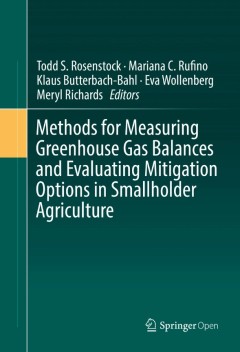
Methods for Measuring Greenhouse Gas Balances and Evaluating Mitigation Optio…
This book provides standards and guidelines for quantifying greenhouse gas emissions and removals in smallholder agricultural systems and comparing options for climate change mitigation based on emission reductions and livelihood trade-offs. Globally, agriculture is directly responsible for about 11% of annual greenhouse gas (GHG) emissions and induces an additional 17% through land use change,…
- Edition
- 1
- ISBN/ISSN
- 978-3-319-29792-7
- Collation
- XV, 203
- Series Title
- -
- Call Number
- -
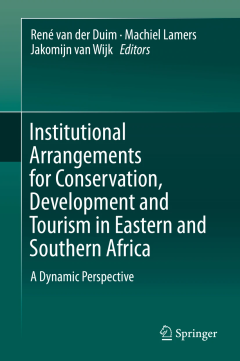
Institutional Arrangements for Conservation, Development and Tourism in Easte…
This book presents an overview of different institutional arrangements for tourism, biodiversity conservation and rural poverty reduction in eastern and southern Africa. These approaches range from conservancies in Namibia, community-based organizations in Botswana, conservation enterprises in Kenya, private game reserves in South Africa, to sport hunting in Uganda and transfrontier conservatio…
- Edition
- -
- ISBN/ISSN
- 978-94-017-9528-9
- Collation
- XX, 265
- Series Title
- -
- Call Number
- 333.7 INS
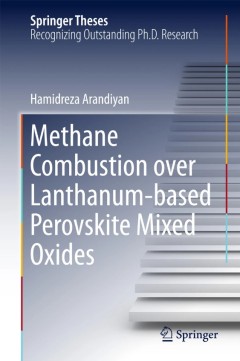
Methane Combustion over Lanthanum-based Perovskite Mixed Oxides
This book presents current research into the catalytic combustion of methane using perovskite-type oxides (ABO3). Catalytic combustion has been developed as a method of promoting efficient combustion with minimum pollutant formation as compared to conventional catalytic combustion. Recent theoretical and experimental studies have recommended that noble metals supported on (ABO3) with well-order…
- Edition
- 1
- ISBN/ISSN
- 978-3-662-46990-3
- Collation
- XXII, 103
- Series Title
- Springer Theses
- Call Number
- -
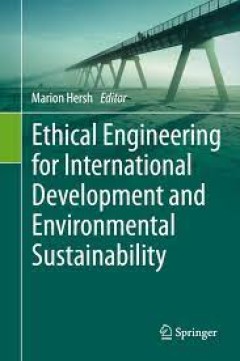
Ethical Engineering for International Development and Environmental Sustainab…
Ensuring that their work has a positive influence on society is a responsibility and a privilege for engineers, but also a considerable challenge. This book addresses the ways in which engineers meet this challenge, working from the assumption that for a project to be truly ethical both the undertaking itself and its implementation must be ethically sound. The contributors discuss varied to…
- Edition
- -
- ISBN/ISSN
- 978-1-4471-6618-4
- Collation
- 28 b/w illustrations, 12 illustrations in colour
- Series Title
- -
- Call Number
- -
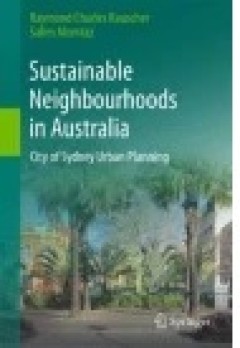
Sustainable Neighbourhoods in Australia
This book examines the planning and implementation of policies to create sustainable neighborhoods, using as a case study the City of Sydney. The authors ask whether many past planning and development practices were appropriate to the ways that communities then functioned, and what lessons we have learned. The aim is to illustrate the many variations within a city and from neighborhood to neigh…
- Edition
- -
- ISBN/ISSN
- 978-3-319-17572-0
- Collation
- XXV, 223
- Series Title
- -
- Call Number
- -
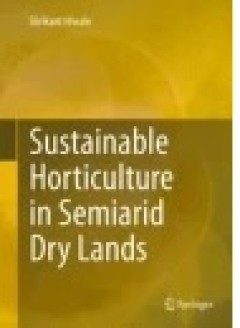
Sustainable Horticulture in Semiarid Dry Lands
This book discusses ways of increasing production/unit area by making full use of the soil and water under the harsh climatic conditions of semiarid areas. This leads to improved sustainability, increased availability of fresh produce, which is vital for human health and higher incomes for small and marginal farmers. Arid and semiarid areas account for almost 70 per cent of the total cropped ar…
- Edition
- -
- ISBN/ISSN
- 978-81-322-2244-6
- Collation
- XXXIV, 393
- Series Title
- -
- Call Number
- -
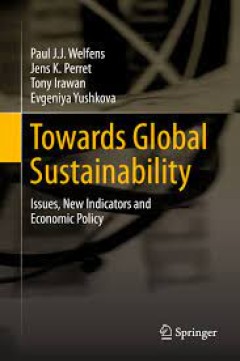
Towards Global Sustainability
This study develops a new indicator for national and global sustainability. The main components of the EIIW-vita indicator are: the share of renewable energy, the genuine savings rate and the relative "green export" position of the respective countries; it is in line with OECD requirements on composite indicators. As green exports are related to technological progress and environmental-friendly…
- Edition
- 1
- ISBN/ISSN
- 978-3-319-18665-8
- Collation
- XV, 164
- Series Title
- -
- Call Number
- -
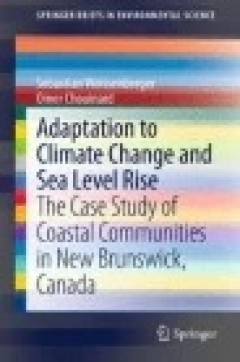
Adaptation to Climate Change and Sea Level Rise: The Case Study of Coastal Co…
The book provides a concise and interdisciplinary outlook on the impacts of climate change on coastal areas and how coastal communities adapt to them. The first chapter analyses how sea level rise, changing ocean conditions, or increased climate variability and the socio-environmental context of the coastal zone leads to vulnerable communities. The second chapter addresses adaptation strategies…
- Edition
- Ed. 1
- ISBN/ISSN
- 978-94-017-9888-4
- Collation
- VI, 100
- Series Title
- SpringerBriefs in Environmental Science
- Call Number
- 551.6 WEI a
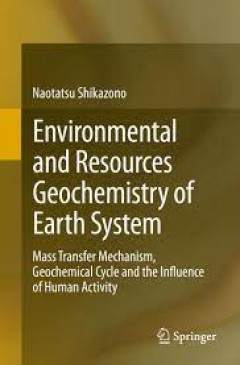
Environmental and Resources Geochemistry of Earth System Mass Transfer Mecha…
The Earth system consists of subsystems that include the atmosphere, hydrosphere (water), geosphere (rocks, minerals), biosphere, and humans. In order to understand these subsystems and their interactions, it is essential to clarify the mass transfer mechanism, geochemical cycle, and influence of human activity on the natural environment. This book presents fundamental theories (thermodynamics,…
- Edition
- -
- ISBN/ISSN
- 978-4-431-54904-8
- Collation
- 38 b/w illustrations, 125 illustrations in colour
- Series Title
- -
- Call Number
- -

Environmental Project Management Principles, Methodology, and Processes
This book offers a new framework that facilitates the development of more intelligent systems and methods for data analysis and international information sharing, such as the use of satellite imaging and geospatial data to predict changes in weather conditions and shifts in water levels, and to assess the extent of the forest cover remaining on Earth that is visible from space. It brings togeth…
- Edition
- -
- ISBN/ISSN
- 978-3-319-27651-9
- Collation
- 117 b/w illustrations, 32 illustrations in colour
- Series Title
- -
- Call Number
- -
 Computer Science, Information & General Works
Computer Science, Information & General Works  Philosophy & Psychology
Philosophy & Psychology  Religion
Religion  Social Sciences
Social Sciences  Language
Language  Pure Science
Pure Science  Applied Sciences
Applied Sciences  Art & Recreation
Art & Recreation  Literature
Literature  History & Geography
History & Geography